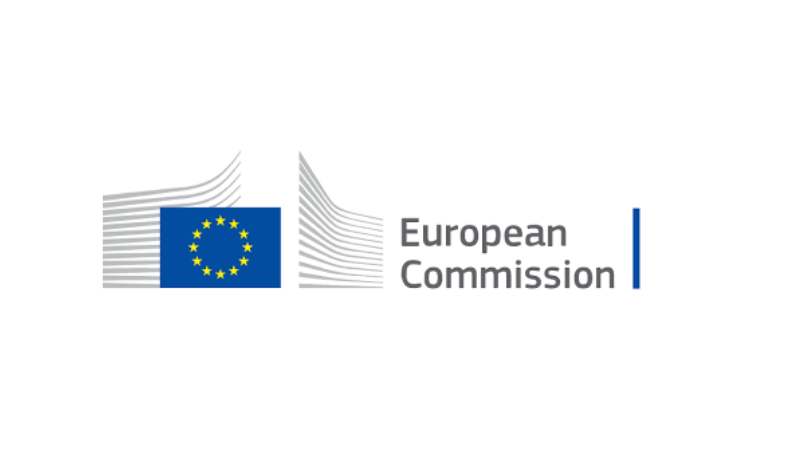Political uncertainty across Europe makes ongoing MiFID II and MiFIR discussions crucial to the future of the Capital Markets Union (CMU).
The European Commission, the Council of the European Union and the European Parliament are currently negotiating the MiFID II and MiFIR review which is set to complete by the end of the year.
The three stakeholders are currently finalising their position on improving the CMU with a focus on the creation of a consolidated tape, market data costs and transparency issues.
In joint a letter, the European Fund and Asset Management Association (EFAMA), the European Forum of Securities (EFSA), the Nordic Securities Association and the BVI, warned the European market risked being left behind by other jurisdictions.
“The main goals should be to enable EU markets to further contribute to the economic recovery at national and European levels, to the financing challenges the union is facing, in relation to the mitigation of climate change, the ageing of the population and the development of EU champions in strategic fields such as digital and sustainable finance,” the letter said.
In relation to ETFs, the key focus is the enforcement ofa consolidated tape, however, diversions between the stakeholders over how this should be introduced have occurred.
While the European Commission has proposed a consolidated tape for post-trade only, as well as the mandatory contribution of data from venues such as exchanges, the European Parliament and the Council of the EU have suggested having both pre- and post-trade data.
The lack of a consolidated tape for ETFs, in particular, has been the biggest issue in enabling Europe to compete with the US market for flows from regions such as Latin America and Asia.
Through the UCITS wrapper, European-listed ETFs should naturally be more attractive to investors from these regions versus their US counterparts as they do not have to pay US withholding tax on investments, however, the lack of a full liquidity picture is hampering demand.
Commenting on the consolidated tape progression, Jane Street said in a research note seen by ETF Stream: “Both the Parliament and Council now lean towards including pre-trade information in the share and ETF consolidated tape but differ on whether it is a live pre-trade tape, or if information on the pre-trade market is included within post-trade reports.
“Jane Street is supportive of the Council’s proposal to explicitly combine the share and ETF consolidated tapes into one offering given the large overlap in the venues providing data and the users consuming it.”
Echoing the market maker’s thoughts, the letter from trade associations said: “An appropriately constructed consolidated tape would help to build deeper and more open capital markets in Europe.
“In order to be attractive to users and ensure its commercial viability, the equities consolidated tape should deliver data in as close to real-time as technically possible.”
Elsewhere, the three stakeholders will discuss market data costs, transparency issues, systematic internalisers and ensuring best execution practices as well as reporting constraints.
“As part of the CMU project, the MiFIR review proposal presented by the European Commission in November 2021 is of critical importance to increase the competitiveness of financial market actors operating in the EU-27 and the attractiveness of the Union’s regulatory framework,” the letter added.
How this develops over the next 12 months will define the shape of the CMU for the next decade. This leaves the trio with the unenviable task of ensuring the EU can compete with other jurisdictions such as the UK.
Related articles





